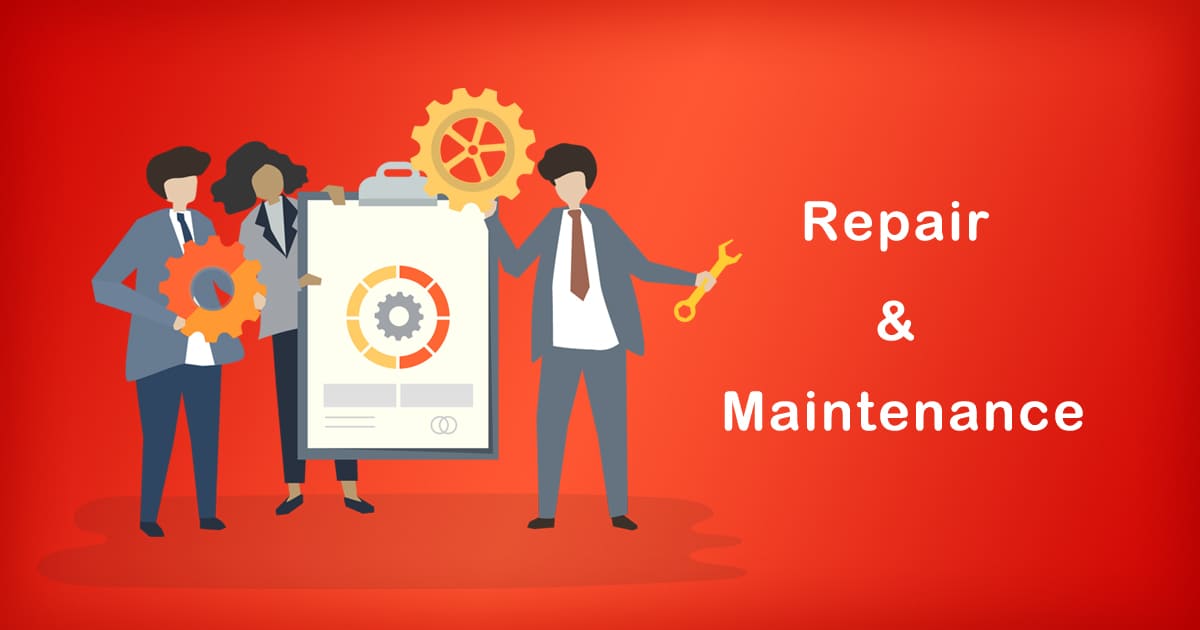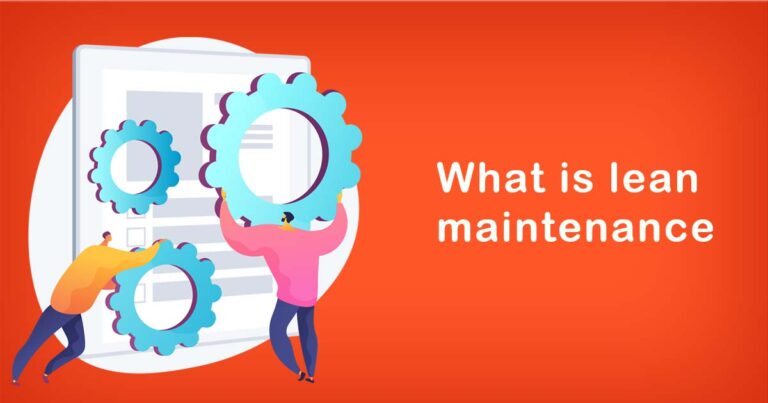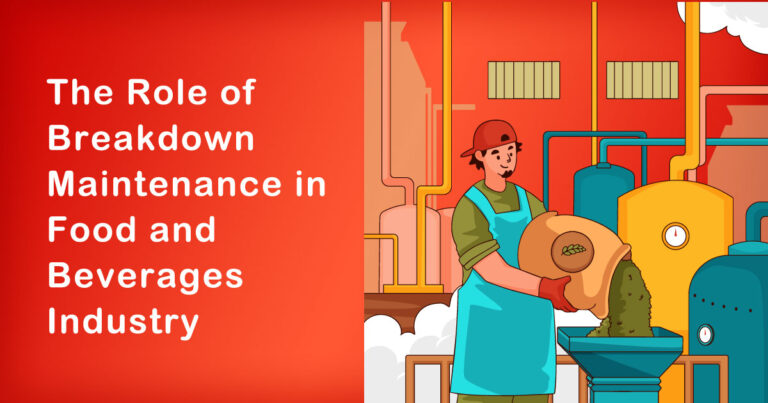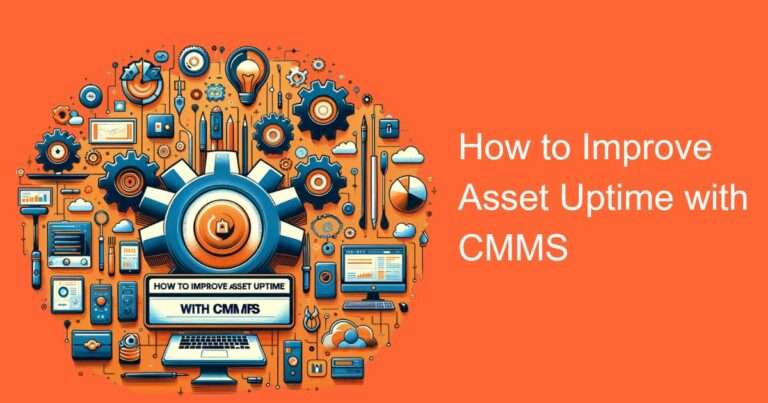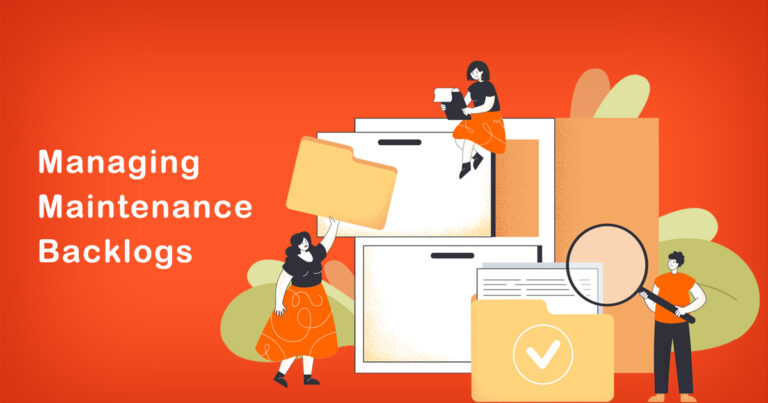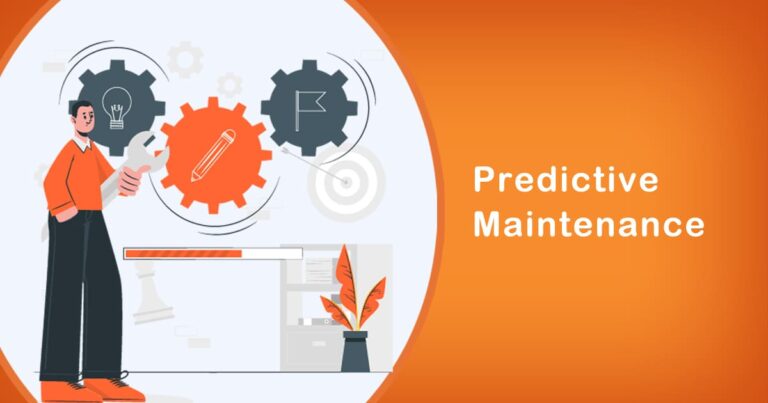Introduction
Repair and maintenance are two crucial aspects of maintaining the longevity and efficiency of any asset. Whether it is a building, a car, or a machine, regular repair and maintenance ensure that they remain in top condition and function optimally. In India, where a large percentage of the population is dependent on agriculture, repair and maintenance of farming equipment, including tractors, harvesters, and other machinery, is particularly important. In this blog, we will discuss everything you need to know about repair and maintenance, including their definition, types, importance, and some facts and figures relevant to India.
What is Repair and Maintenance?
Repair refers to the process of restoring an asset to its original state after it has been damaged or broken. Maintenance, on the other hand, refers to the regular upkeep and care of an asset to prevent it from breaking down in the first place. Repair and maintenance are often used interchangeably, but they are distinct processes.
Types of Repair and Maintenance
There are four main types of repair and maintenance:
Corrective Maintenance:
This type of maintenance is performed after a breakdown or malfunction of the asset. The goal is to restore the asset to its original state as quickly as possible.
Preventive Maintenance:
This type of maintenance is performed regularly to prevent breakdowns and malfunctions from occurring in the first place. It includes activities such as cleaning, lubricating, and inspecting the asset.
Predictive Maintenance
This type of maintenance uses data and analytics to predict when a breakdown or malfunction is likely to occur. The goal is to perform maintenance activities before the breakdown occurs.
Condition-Based Maintenance:
This type of maintenance is based on the actual condition of the asset. It involves monitoring the asset’s performance and condition and performing maintenance activities when necessary.
Importance of Repair and Maintenance
Repair and maintenance are essential for several reasons:
Safety:
Regular maintenance ensures that assets are in safe working condition, reducing the risk of accidents and injuries.
Efficiency:
Regular maintenance keeps assets functioning optimally, reducing downtime and improving productivity.
Cost-Effective:
Regular maintenance can prevent major breakdowns and costly repairs, saving money in the long run.
Longevity:
Regular maintenance can extend the life of an asset, reducing the need for replacement and saving resources.
Facts and Figures
In India, the repair and maintenance industry is growing rapidly. According to a report by Ken Research, the Indian repair and maintenance market is expected to grow at a CAGR of 9.6% between 2018 and 2023, reaching a value of INR 7,980 billion by 2023. The report attributes this growth to several factors, including an increase in the number of manufacturing plants and the need for maintenance services for aging assets.
In the agriculture sector, repair and maintenance of farming equipment is particularly important. According to a report by the Indian Council of Agricultural Research, about 20-30% of tractors in India are not in good condition, leading to reduced productivity and increased costs for farmers. The report recommends regular maintenance and servicing of tractors to improve their efficiency and reduce breakdowns.
Conclusion
Repair and maintenance are essential for maintaining the efficiency, safety, and longevity of assets. In India, the repair and maintenance industry is growing rapidly, and regular maintenance of farming equipment is particularly important for the agriculture sector. By investing in repair and maintenance, individuals and businesses can save money in the long run and improve their productivity and efficiency.


